| T Helper Cell Fates |
| CD4 T helper cells are the primary orchestrators of the adaptive immune response, mediating a variety of cellular and humoral responses against pathogens and cancer. Although they lack any capacity to directly kill or engulf pathogens, they are powerful activators of effector cells such as macrophages, cytotoxic T cells, and B cells. On the other hand, regulatory T cells (Tregs) are potent suppressors of the immune response important in limiting the immune reaction. Recent advances have led to the discovery of a diverse set of T helper subsets, each with unique functions. Explore them here... |
| T follicular helper |
| Tfh cells provide essential help to the production of affinity matured B cells in germinal centers. They are distinguishable from other T helper types by a number of criteria, including expression of the transcription factor BCL-6 and CXCR5, the receptor for CXCL13 that recruits Tfh cells to follicles. Their function is also unique. Unlike Th2 cells, they provide B cells with IL-21, a cytokine that potently stimulates the differentiation of B cells into antibody-forming cells. |
| Th1 |
| Th1 cells are T helper cells, essential to cell-mediated immunity, that drive the killing efficacy of macrophages and proliferation of cytotoxic CD8+ T cells in response to intracellular pathogens. Th1 cells are characterized by the expression of the transcription factor T-bet and produce cytokines: IL-2, IFN-γ, TNF, and LT-α. Th1 cells are associated with several chronic inflammatory diseases, including multiple sclerosis, diabetes, and rheumatoid arthritis. |
| Th2 |
| Th2 cells are IL-4 polarized T helper cells that stimulate the humoral response to infections, including B cell proliferation, class-switching, and increased antibody production. Th2 cells are characterized by the expression of the transcription factor GATA3 and produce cytokines: IL-4, IL-5, IL-6, IL-10, and IL-13. Th2 cells are associated with several inflammatory conditions, including allergy and asthma. |
| Th9 |
| Th9 cells are a subset of T helper cells that play a role in protection against extracellular parasites, particularly nematodes. Th9 cells are polarized from naive cells via IL-4 and TGF-β. While they are distinct from Th2, Th9 cells can be derived from Th2 cells through the action of TGF-β. Despite producing anti-inflammatory IL-10, they are associated with inflammatory diseases such as allergic inflammation. |
| Th17 |
| Th17 cells are a unique subset of activated T helper cells that normally provide anti-microbial immunity at epithelial and mucosal barriers. They are also implicated in a variety of autoimmune diseases, such as multiple sclerosis. Th17 cells are characterized by their expression of intracellular RORγt and STAT3 and production of cytokines: IL-17A, IL-17F, IL-21 and IL-22. In humans, they can be identified using cell surface markers for CD4, CD161 and CCR6. |
| Th22 |
| Th22 cells are a subset of pro-inflammatory T helper cells whose normal function is yet to be fully defined, although they are suggested to be involved in skin immunity. They are implicated in a variety of autoimmune diseases, such as rheumatoid arthritis, Crohn’s disease, psoriasis, and atopic dermatitis. Although displaying some similarities to Th17 cells with cell surface receptors and the production of IL-22, Th22 cells are distinguished by their polarization by TNF-α, expression of the aryl hydrocarbon receptor and CCR10, and their lack of IL-17 production. |
| Treg |
| T regulatory cells (also known as Tregs or Regulatory T cells) are essential cells that suppress immune responses of other cells, designed to limit excessive reactions and prevent autoimmunity. Tregs are characterized by the expression of CD4, CD25, and Foxp3, while lacking CD127. While many Tregs mature in the thymus and enter the blood as fully functional Tregs, they can also be derived from naive cells in the periphery. IL-2 and TGF-β are the main cytokines that drive the induction of Tregs. |
| Naïve T cells are also known as resting T cells that circulate in the blood, waiting to be activated by antigen presenting cells. They are characterized by a few cell surface molecules such as CD4, CD45RA, CD62L, and CCR7. Naive cells can be fully activated by antigen presenting cells, including Dendritic cells, Macrophages, and B cells, that deliver stimulatory signals through the TCR and costimulatory signals through CD28. |
| Begin exploring by clicking on any T helper cell… |
| BioLegend Tools for T Helper Cell Research | |||||
| Fluorophore-Conjugated Antibodies | Ultra-LEAF™ (Low Endotoxin, Azide-Free) Antibodies | ELISAs | Recombinant Proteins | Purified antibodies | Custom Products and Services |
| For use in flow cytometry or microscopy to detect surface or intracellular targets. | For use in functional assays such as cell activation, costimulation, blocking, or neutralization of cytokines. | For detecting secreted proteins such as cytokines, chemokines, growth factors or other soluble factors. | For use in bioassays or as ELISA standards. | For use in ELISA, ELISPOT, IHC, IF, CyTOF, or western blot detection in combination with the appropriate secondary reagents. | For any research needs that are outside of our catalog. |

 Login / Register
Login / Register 



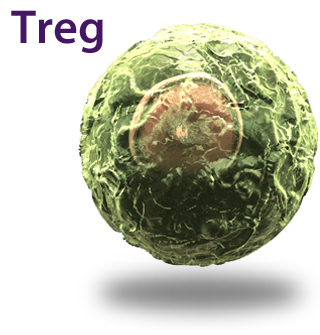
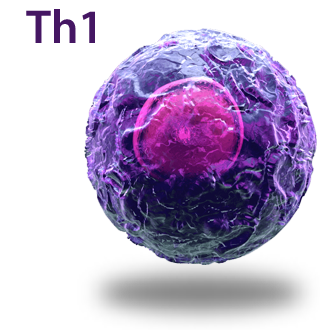
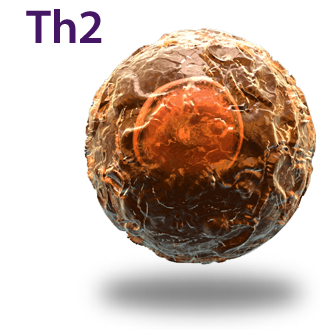
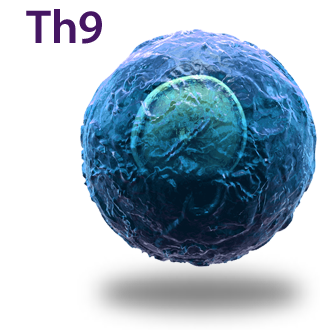
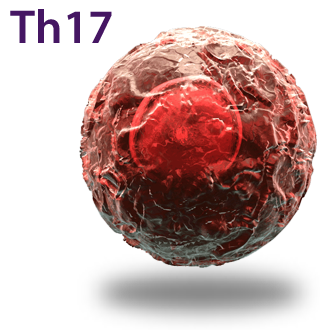

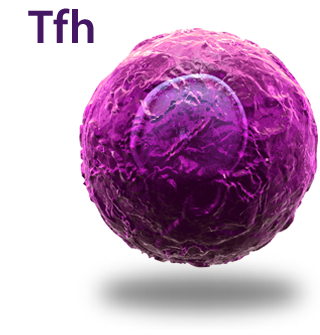



Follow Us